CASE STUDY
During Queensland’s storm season, unpredictable weather events can cause catastrophic damage to residential and commercial properties across the state. With high levels of rainfall and fast-moving winds, natural disasters are a leading cause of many insurance claims in the Brisbane area. Due to high levels of humidity, water damage resulting from these events requires immediate action to remedy the property and prevent the germination of mould spores.
At the beginning of 2021, a severe storm that hit South East Queensland was the catalyst for significant water damage to a commercial property in Upper Coomera. Heavy volumes of rain broke through the front entrance, leaving the property inundated with rainwater. When our team conducted a thorough inspection, we noted the damage that had occurred and identified the necessary work required to restore the property.
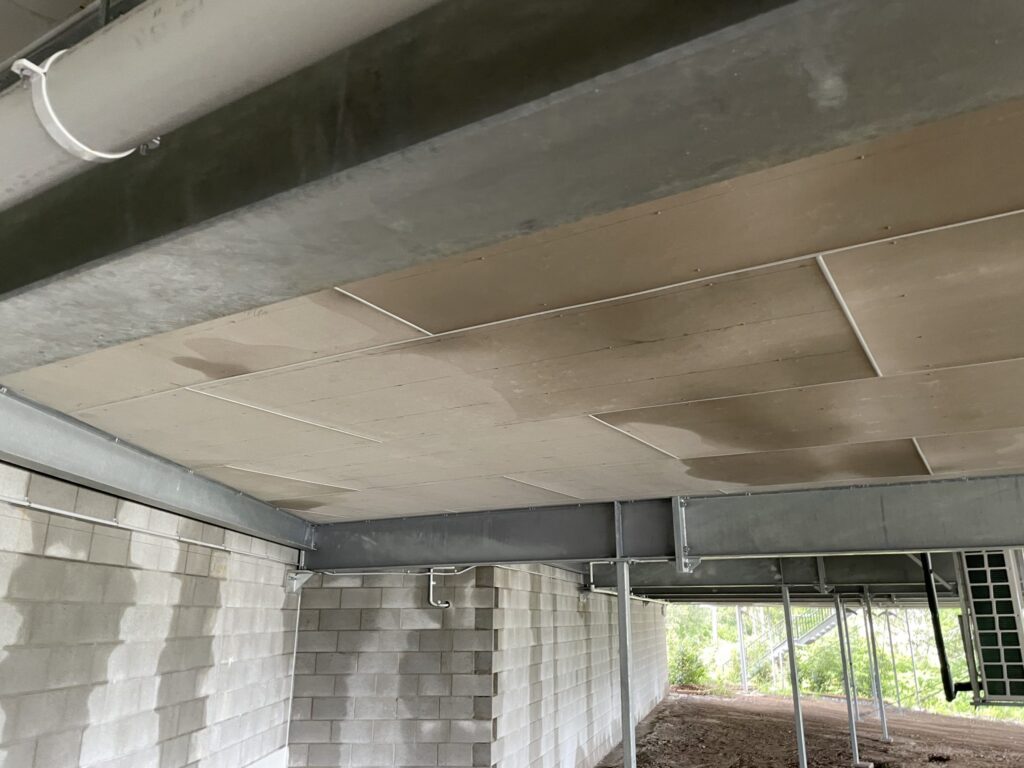
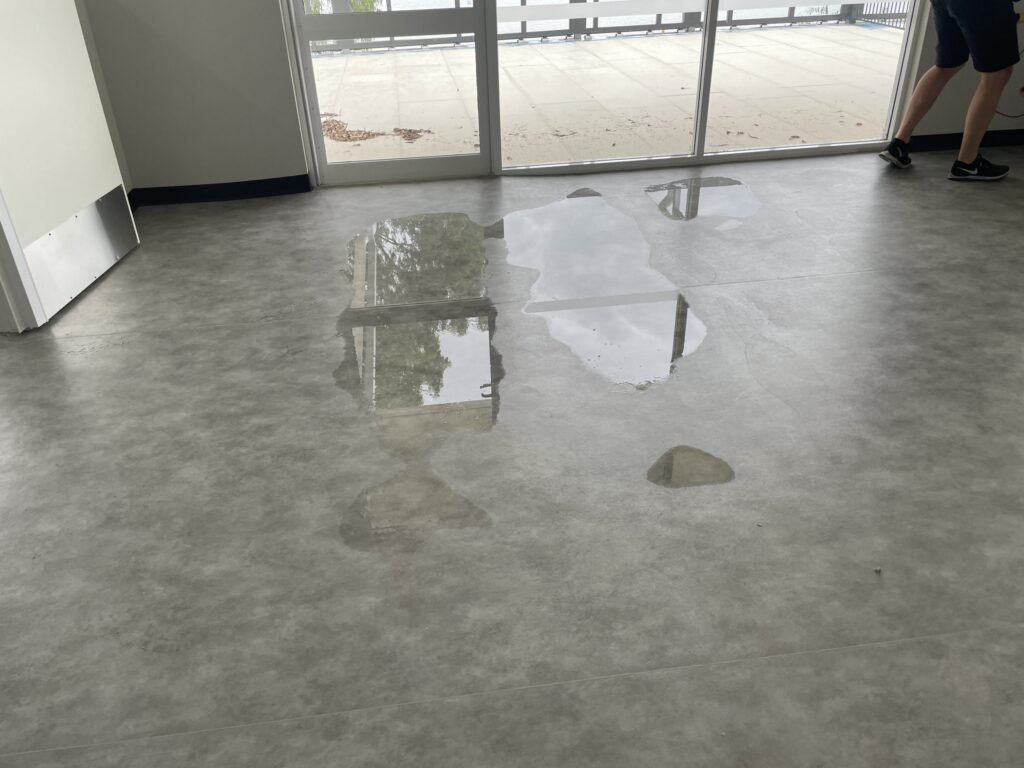
Our initial inspection of the one-storey property involved our team discussing the causation of the damage and determining the impacted areas. After an extreme storm hit the location, the property and drainage system became overwhelmed by a profuse amount of rainwater. The severity of the storm led to water backing up at the front entrance before breaking through the doors and flooding across the flooring in various areas. By conducting a thorough assessment, we created a plan of action to recover the property.
Prior to our inspection, a restoration company had been engaged to set-up drying equipment. We noted no destructive works had been performed to remove bound moisture within the impacted areas, leaving liquid to increasingly absorb into the walls and flooring due to high temperatures and rising humidity. If not resolved by our team’s urgency, this level of oversight would agitate festering mould and further bacterial growth in the affected areas.
Our process inspecting the property involved:
During this inspection, we identified 14 different areas that were affected by the severe weather event and proceeded to assess the necessary remediation going forward.
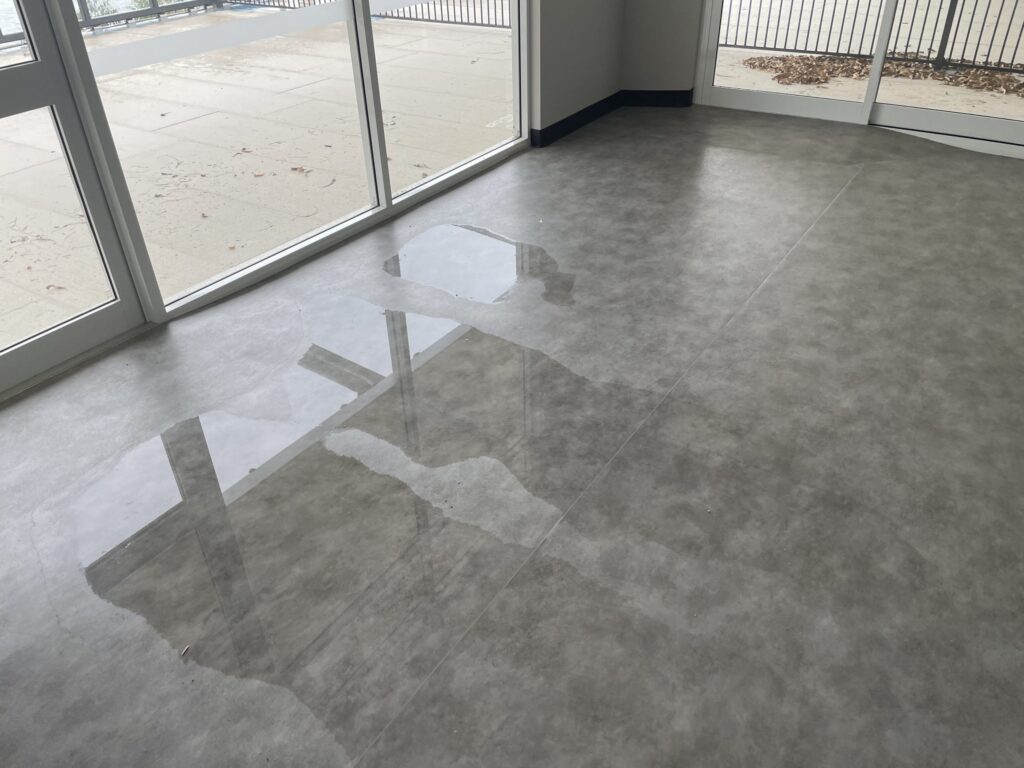
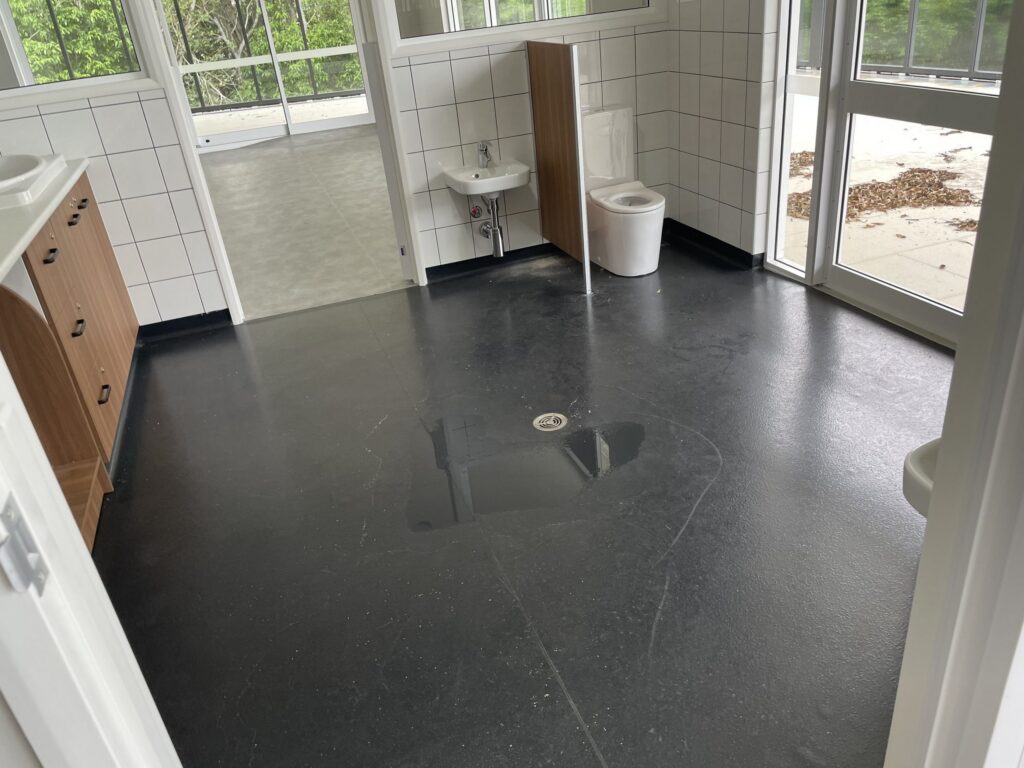
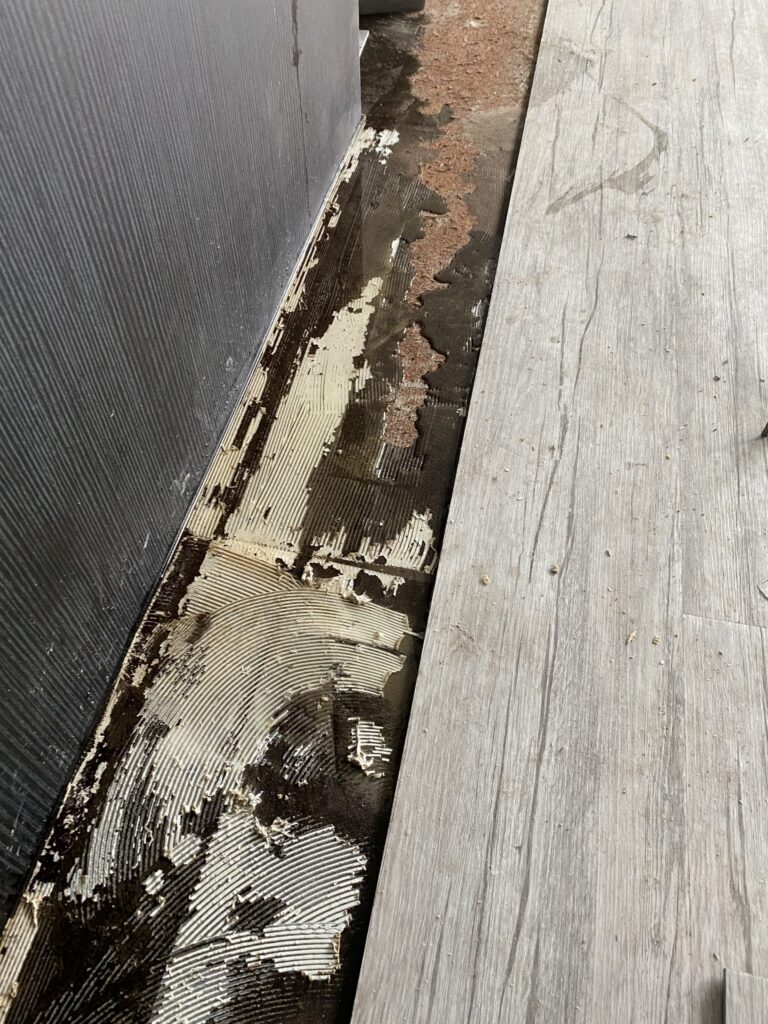
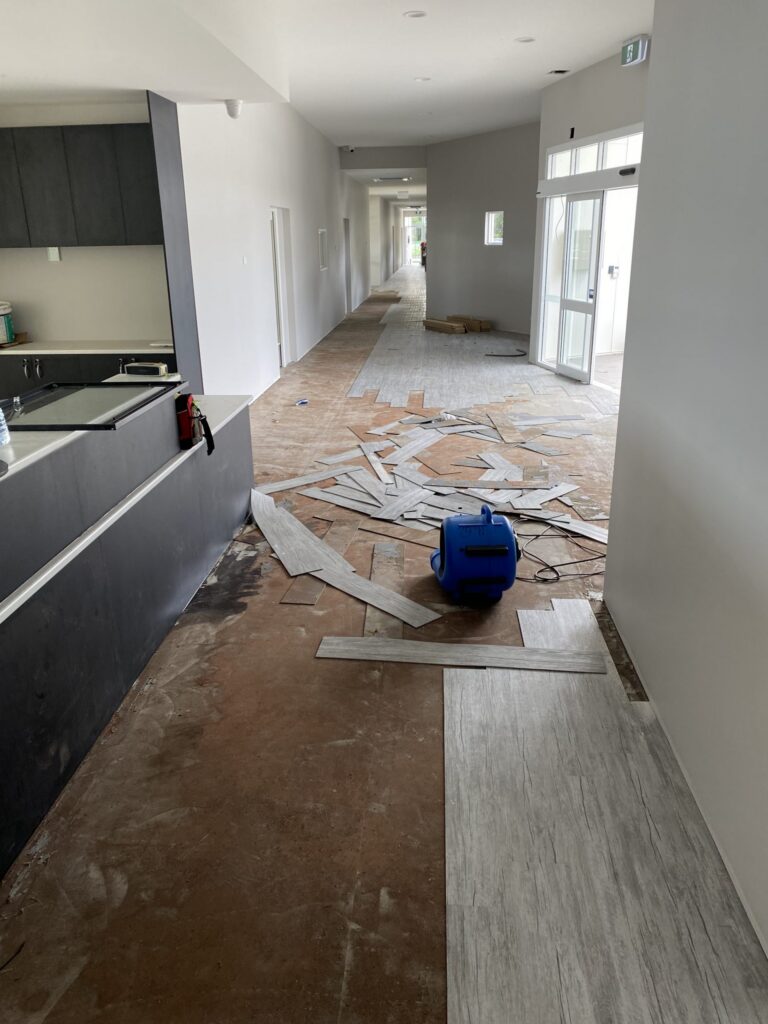
After the scope of work was approved by the relevant regulatory authorities, we were able to officially commence the restoration project.
Specific features impacted by severe contamination throughout the property included:
The 14 affected areas in the property were inclusive of corridors, various office spaces and entry points. Areas with excessive pooling of rainwater were targeted immediately to rectify any prolonged structural damage, incepting further contamination and decay to the property.
To facilitate drying and decontamination of the property, we promptly removed cabinetry, wall lining and flooring. The vinyl flooring throughout the building was laid across Masonite underlay. As the Masonite was stapled to the yellow tongue subfloor, the team had to remove and hammer tens of thousands of staples to leave the property in a safe manner. To prevent additional mould and bacteria growth occurring during removal, antimicrobial treatments were conducted across these areas.
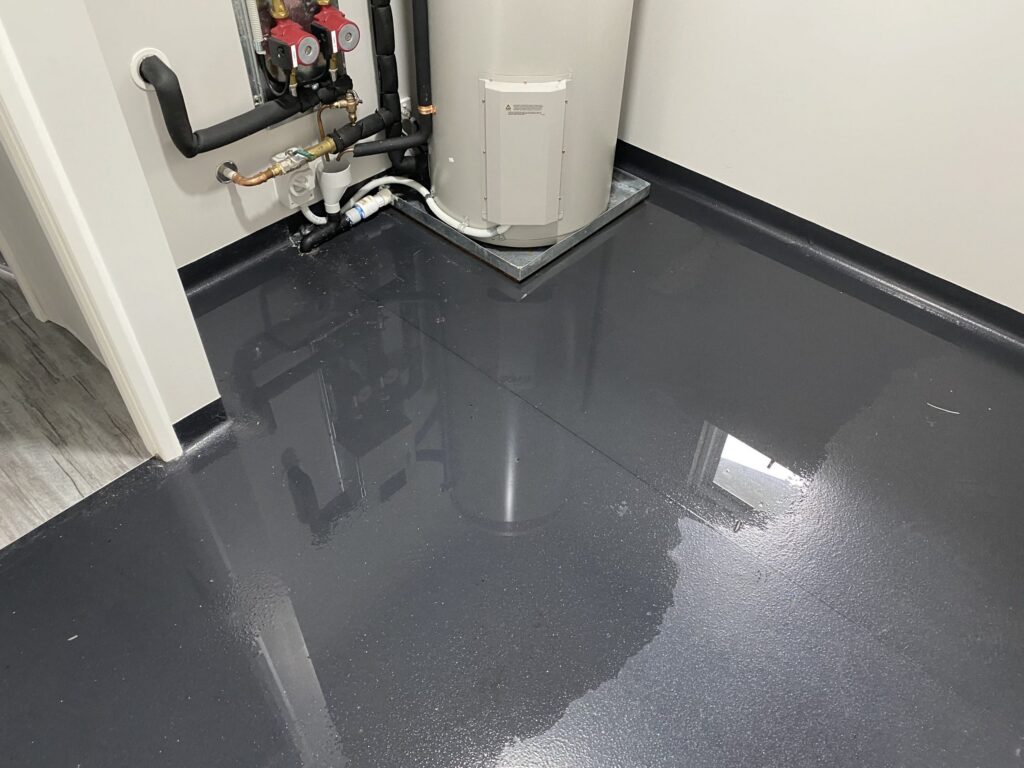
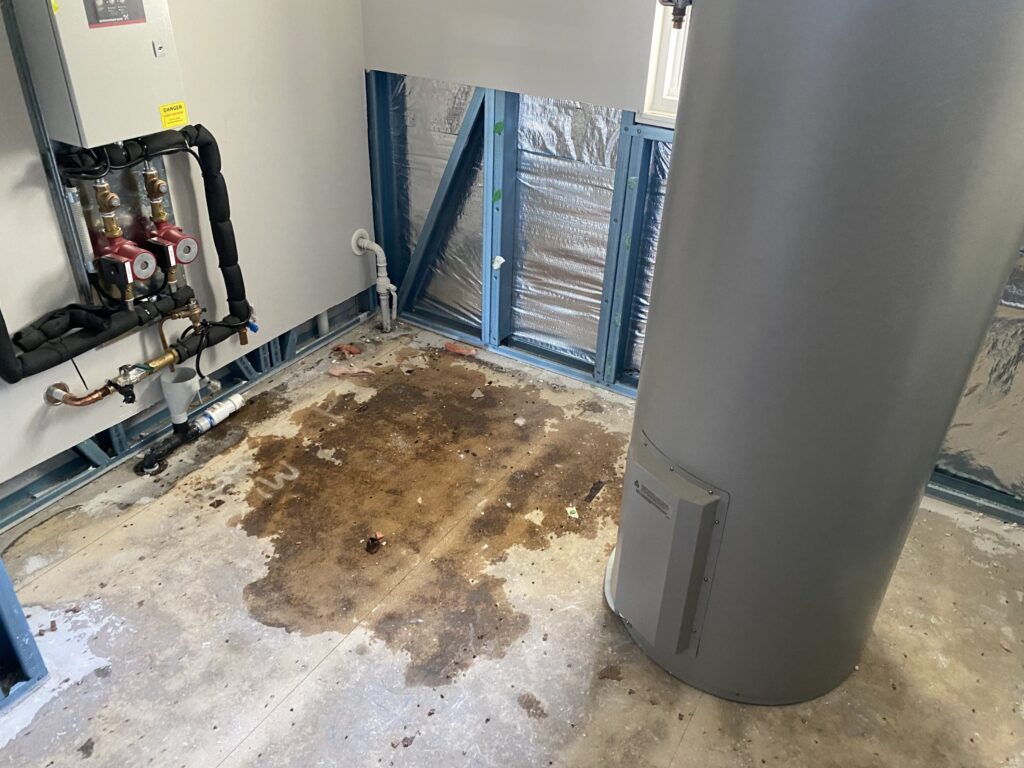
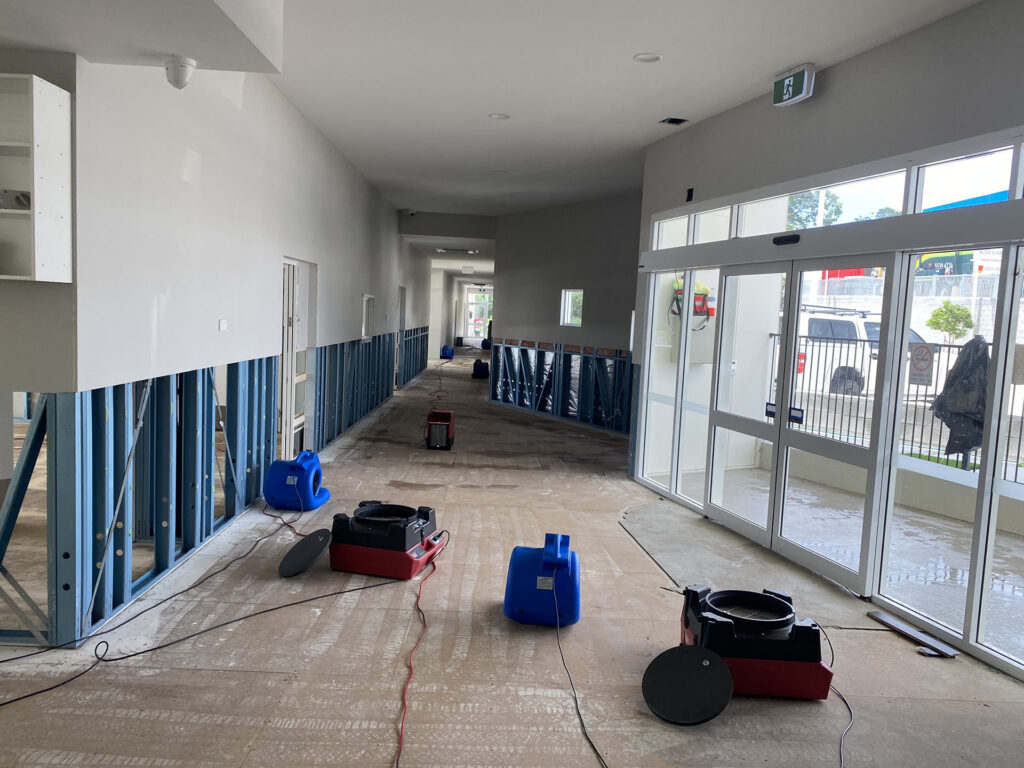
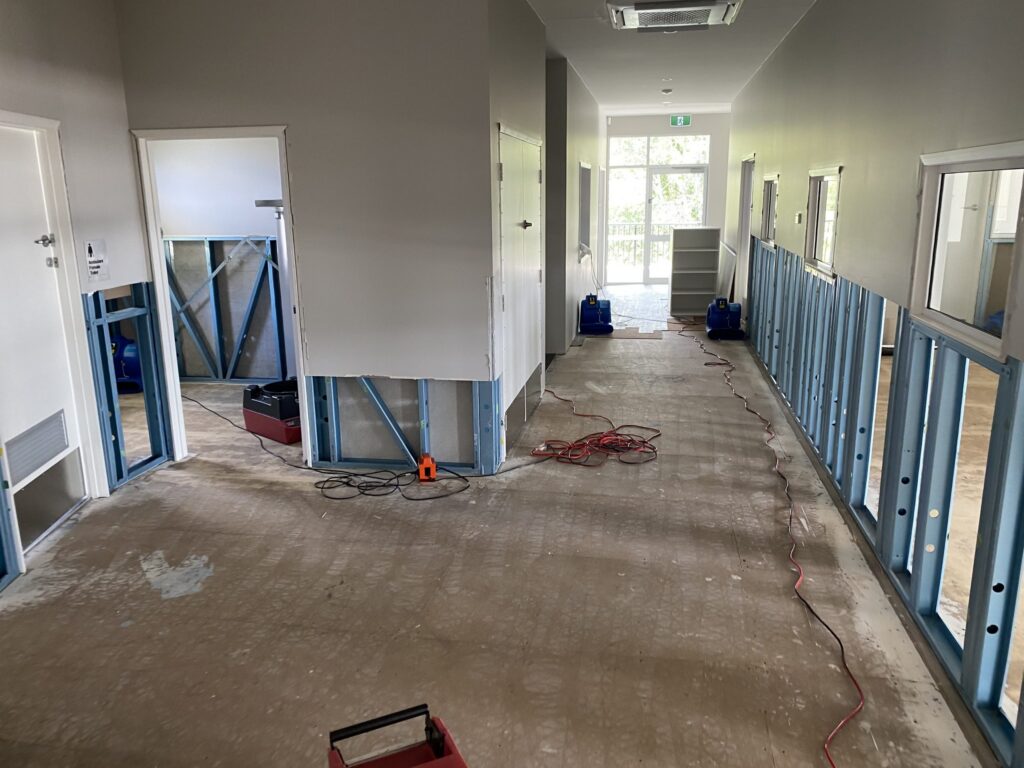
The storm damage impacted the store room considerably, causing the property’s hot water system to leak and induce further flooding. Even the smallest leak in a hot water tank can be the source of future property deterioration. This necessitated the urgent removal of the system, with our team installing air movers and dehumidifiers to assist the drying across the store room.
Throughout the duration of the project, we performed continual HEPA vacuuming to help remove contaminants. The advanced filtering system targeted the finest dust, debris and mould particles to ensure high efficiency. Repeating this extensive vacuuming throughout all processes at the final stage of restoration helps reduce the amount of mould contaminates. Failure to return the property back to a normal ecology level would potentially cause health issues for returning occupants.
With the property being impacted by significant storm damage and rainwater, our remediation project was finalised within 2 weeks. The majority of invasive work took place within a week, with additional time allocated for allowing the property to dry completely. Our team conducted a final assessment to guarantee all work had been performed to a high industry standard.
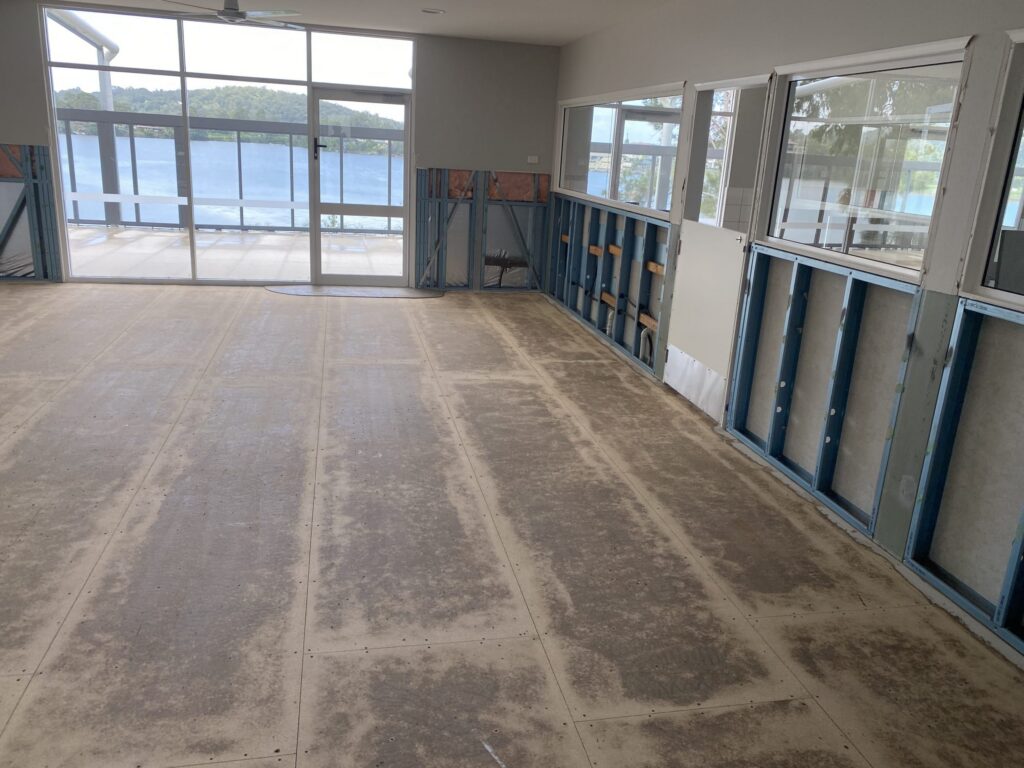
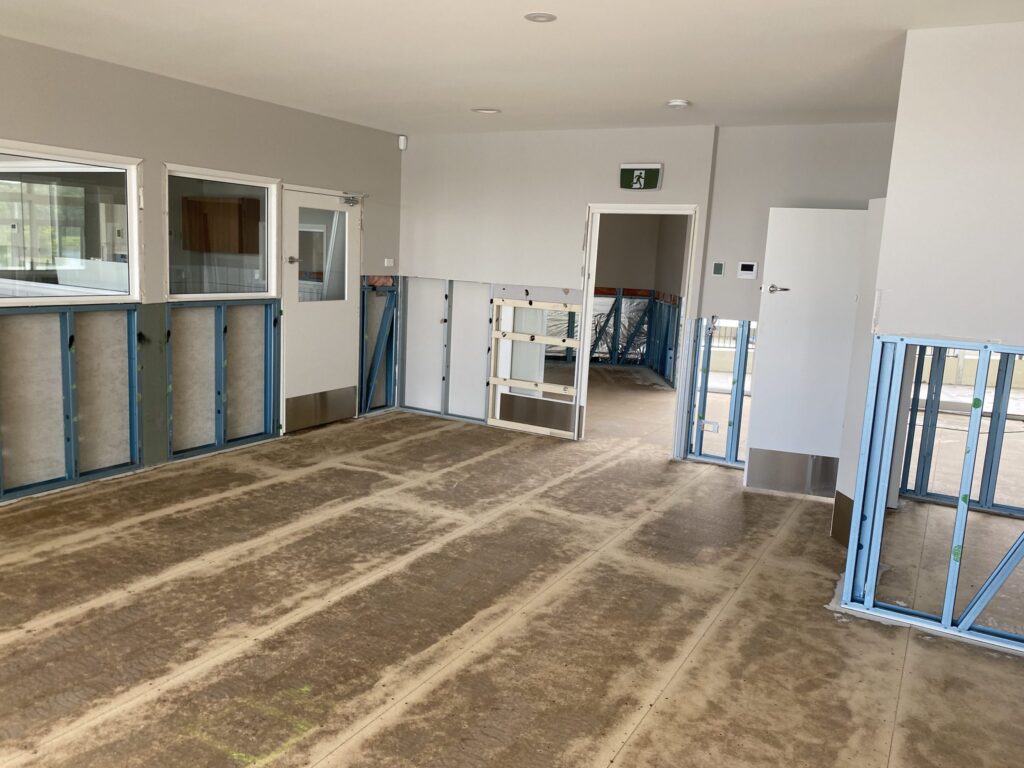
Following our recovery and assessment of the property, we engaged an independent third party to conduct a post-remediation verification clearance. This ensured an unbiased analysis to represent the collective interests of the remediator, builder, insurer and/or insured. For a clear indication of any remaining contamination, this process required samples of surface and air particles to be tested in each unit.
Well-planned, high-quality restoration is crucial. The aftermath of natural disasters can see irreparable harm to properties and people, causing economic fallout and emotional distress. Through meticulously documenting our restoration plans, avidly communicating with our clients and performing excellent workmanship,Total Disaster Recovery’s dedicated expertise salvages properties and mitigates losses in critical times.

Contact TDR today to discuss what we can do to provide you with a remediation partner you can count on every single time.